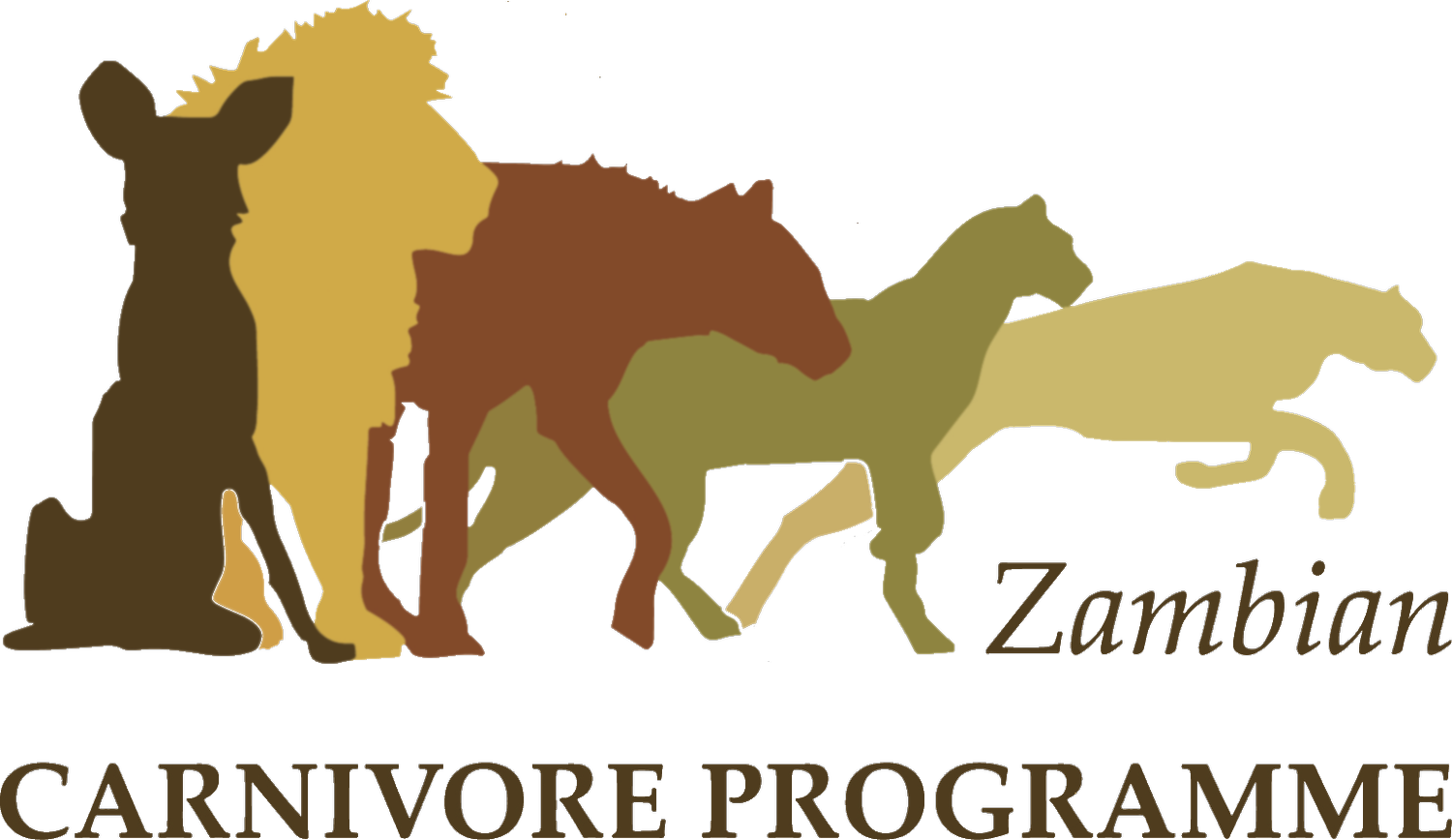Broader Impact of Collaborative Lion Conservation Work
By: Thandiwe Mweetwa, ZCP Luangwa Project Manager
African lions are the largest and most social of the big cats on the continent and have a critical role to play in ecosystem structure and function. There are estimated to be fewer than 30000 lions left in the wild and lions have disappeared from the around 80% of their historical range. The species is listed as vulnerable on the IUCN Red List, with some sub populations thought to be critically endangered. It is estimated that lions may become extinct in the wild by 2050 if nothing is done to protect them.
Lions face a variety of threats in their current range. In eastern Zambia, the illegal bush meat trade poses a serious threat. Wire snares are a common method of poaching, passively set to catch small to medium-sized antelope on game trails and around waterholes. But like a fishnet, snares are non-selective and can catch any animal unfortunate enough to encounter them. Given they frequent the same areas as their prey, lions are sometimes caught as snaring bycatch. Lions that utilize Game Management Areas (the buffer zones around national parks where communities live are often at risk of getting snared. The impacts can be devastating. Animals may lose limbs and even their lives as a result of these snares.
To protect big cats in the landscape we work, collaborative effort is required. The Zambian Carnivore Programme and Conservation South Luangwa (CSL) work closely with the Department of National Parks (DNPW) to reduce the risk of snaring for these animals. Using satellite/GPS collar technology and a strong field presence on the ground and in the air, ZCP and DNPW constantly monitor over 200 lions in 18 prides, and provides the information on the movements of these groups to anti-snaring patrols conducted by CSL/DNPW scouts to help direct their efforts into areas of high risk for big cats and their prey. ZCP and partners also works with a network of tour operators and safari guides to run the Luangwa Valley Carnivore Monitoring Programme that helps provide sightings throughout the Valley, and this is critical for understanding lion movements and detecting individuals with wire snare injuries. When lions are found carrying snares we rapidly mobilize the CSL-DNPW-ZCP vet response teams, lead by some of the country’s most experienced large carnivore vets.
The de-snaring work done on individuals has population wide impacts, as lions that would have otherwise died are able to reproduce and add to the Luangwa lion population. The story of one of the males in the Chipela Coalition highlights this. In September 2018, this animal, Lion 737, was on the verge of death because of a tight wire snare around his neck. His head had swelled to nearly double its normal size and he could barely breathe. He was reported to our team by a safari guide who saw the lion during a game drive.
Chipela Coalition male with a tight snare around his neck (Photo: Thandiwe Mweetwa/ZCP)
With DNPW Vet Dr. Lengwe, the snare was removed and the injury treated. ELI-737M carried scars from this brush with death for some time and earned himself the nickname 'Cut throat'. Cutthroat is currently raising 5 cubs with the small, but steadily growing, Chipela Pride. With his two coalition brothers, he is also pride male in another group called the Big Pride which has two new cubs this year.
Removing the snare (Photo: Thandiwe Mweetwa/ZCP)
Scar left by the snare (Photo: Thandiwe Mweetwa/ZCP)
In this case, saving Cutthroat from a snare benefitted not only him, but also his coalition and their dependent prides. Stable male coalitions are critical for reproductive success in lion prides and any male lion saved from snares benefit many dependent cubs, 7 so far in this case. The desnaring work has contributed to maintaining a thriving lion population in the main game viewing area of Zambia’s premier national park. As an iconic safari species, these lions contribute to bringing visitors to an area where local communities are largely dependent on tourism. A recent study funded by the Global Environment Fund estimated a $28 million annual economic turnover in the wildlife-based economy of South Luangwa’s gateway communities.
Chipela Male with cub (Photo: Thandiwe Mweetwa/ZCP)
The impact of rescuing snared lions compounds over time, as these individuals remain on the landscape and produce cubs, who also produce cubs, none of which would have existed if the lion died in a snare. A graphic illustration of this is provided in the figure below, showing 187 cubs were born to 44 de-snared lions in our long-term study sites. Collectively, this work which is supported by IUCN Save Our Species, and co-funded by the European Union helps keep lions on the landscape for the mutual benefit of people and ecosystems.
This article was produced with the financial support of the European Union through IUCN Save Our Species. Its contents are the sole responsibility of Zambian Carnivore Programme and do not necessarily reflect the views of IUCN or the European Union.





